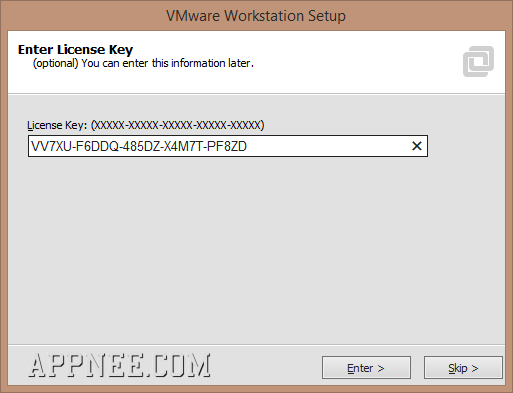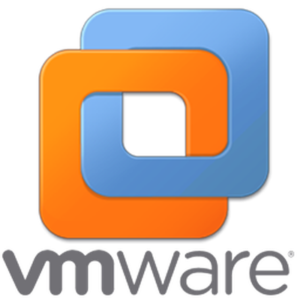
$response = Invoke-RestMethod -Uri $apiURL/vms -Method Get -Headers $headers You can use the API to automate VM tasks in several ways.įirst, sort authentication with the following script: One of the best methods is with the built-in PowerShell scripting language. The next step is to chain these commands together into some form of automation. To enable the GUI, you don't have to configure the Secure Sockets Layer portion to experiment locally, but you should if you want remote access. The GUI sorts and groups tasks by request type, which provides the flexibility to implement just about anything you could need in terms of local VM management. To get started, simply follow these steps to enable the GUI, interrogate information and modify scripts.


Incorporating automation into your management strategies is relatively easy. You can also suspend, pause, and resume VM operations as needed. Along with powering VMs on and off automatically, this feature enables you to automate VM configuration, cloning and removal. The REST API in Workstation 15 provides a language-agnostic way to take advantage of the power of the Workstation API. Because these languages were difficult to use, most IT administrators never fully utilized them. VMware Workstation has integrated with programming languages such as Perl and C in the past, but the integration was clunky.


 0 kommentar(er)
0 kommentar(er)
